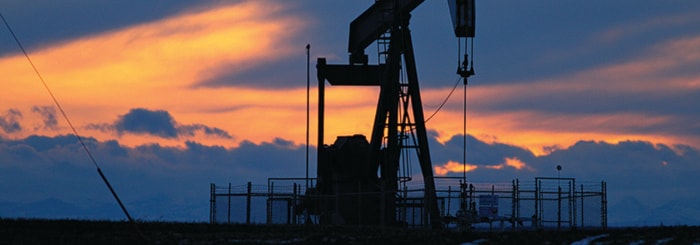Farmers across the province are finding out, often at the last minute, that a well site on their land is being reclaimed.
And that is leading to the Alberta Farmers’ Advocate Office (FAO) receiving a number of questions and concerns about the process and what some of the legal rights and obligations are regarding operation and clean up of well sites.
Jeana Schuurman, the FAO rural engagement and communications specialist, explained the office has been receiving more calls recently wanting clarification.
“We have been receiving a greater volume of calls lately regarding what is termed ‘end of life’ aspects surrounding well sites,” Schuurman stated.
“The key part is for people to understand the differential in language used, considering all of the various aspects that are involved.
She went on to explain that just because a well may be ‘abandoned’ doesn’t necessarily mean there isn’t a company still responsible for it. That well could simply have been transferred or sold to another company or just taken out of production. As well, farmers need to understand the difference between reclaim and remediate.
“Reclaiming a well means returning the land to the equivalent of its previous state as viable agricultural land, while remediation includes removing and reducing contamination issues,” she said.
“What’s also important to clarify is that companies can’t just walk in and say they are going to reclaim or remediate the land. What a lot of farmers don’t realize is companies are required to go through the regular notification process. Farmers will be told in advance that a company will be coming, though unfortunately that is not well understood by many in the province.”
Schuurman added the office has also been getting questions regarding lease payments and orphaned well sites, so there are a couple key things farmers need to know about both situations.
“The big things to remember is that unless a reclamation certificate has been issued, farmers still have a right to be paid by the company or working interest participants (WIP),” she stated.
WIPs are companies that have a beneficial or legally undivided share in the licence and can be looked to by the Alberta Energy Regulator (AER) to look after the abandonment or reclamation of a well if the primary licensed company goes insolvent.
“The WIP would take the lead in that case, responsible for the proportionate share of the costs with the rest covered by the Orphan Well Association,” Schuurman said.
“However, the WIP is not responsible for unpaid rents, so landowners would need to apply to the Surface Rights Board to receive payment or to force a company to comply with its agreement.”
Landowners are also encouraged to either contact the AER or head to their website (www.aer.ca), then search under the tab Systems & Tools, in order to check the status of any well sites. It’s as simple as plugging in the legal land description.
In addition, landowners and farmers can get more information by calling the FAO through the Alberta Ag Info Centre at 310-FARM (3276) or by email at farmers.advocate@gov.ab.ca.
